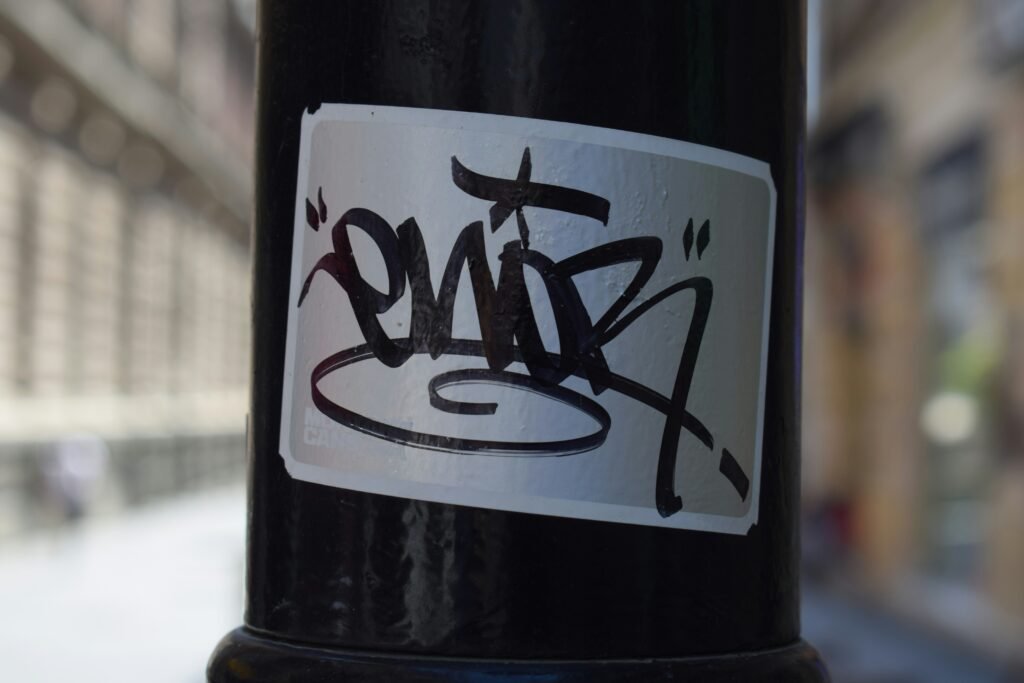The WLFI liquidity-fee buyback proposal has sparked heated debate as the WLFI token debuted across Ethereum, Binance Smart Chain (BSC), and Solana with a sharp price decline. Despite heavy trading volume and significant early interest from whitelisted investors, the token slipped in value shortly after launch. In response, WLFI’s governance has introduced a plan to use protocol-generated fees to buy back and burn tokens, aiming to stabilize the market and reinforce holder confidence.
As the crypto world digests this move, analysts and DeFi participants are eyeing the implications of such a mechanism against a backdrop of rapid token unlocks, regulatory questions, and broader ecosystem ambitions—including plans for a USD1 stablecoin and a DeFi lending-borrowing platform. In this article, we break down the WLFI buyback initiative and explore its potential impact across blockchains.
Why the WLFI token faced early price turbulence
WLFI token launched with high expectations but quickly ran into market volatility. The token saw a significant price drop shortly after listing, sparking concerns from investors and the wider DeFi community. Core reasons include the classic post-launch sell-offs, uncertainty around tokenomics, and knowledge of pending token unlocks that could dilute the circulating supply.
With WLFI trading on multiple blockchains—Ethereum, BSC, and Solana—the multi-chain deployment brought both liquidity — and complications. Speculative traders piled in, pushing early volume, but a lack of structural demand led to a dip. This sell pressure came even as WLFI governance began circulating a buyback and burn plan to address the drop.
Understanding the WLFI liquidity-fee buyback proposal
To combat price pressure, WLFI governance introduced a bold proposal: a liquidity-fee buyback methodology. This model would divert fees collected from WLFI pools on supported chains to repurchase tokens from the market and permanently remove them—commonly known as a “buyback and burn.”
By decreasing circulating supply, proponents argue that this could counteract the effects of unlocks and soften market volatility. The mechanism could particularly benefit long-term holders who believe in WLFI’s broader DeFi roadmaps. However, market watchers point to concerns about the small size of the treasury and the magnitude of upcoming unlocks.
Multi-chain deployments: Ethereum, BSC, and Solana synergy
WLFI’s architecture spans Ethereum, Binance Smart Chain, and Solana, bringing broader access and liquidity to token markets. However, this also brings fragments in governance and pool activity across networks.
Different chain dynamics, such as transaction costs and user engagement, influence how much liquidity-fee revenue is generated in each pool—and thus, how effective the buyback mechanism can be. WLFI must manage this complexity while keeping governance decentralized and responsive.
Governance’s role in token recovery and community trust
The governance behind WLFI is at the center of the project’s recovery efforts. A decentralized group of token holders is voting on proposals that could define the token’s mid- and long-term viability. The current governance system allows for transparent discussion, but skeptical investors want more clarity on execution timelines and protocol revenue forecasts.
The success of the WLFI buyback depends heavily on both consistent fee generation and market confidence. If the community sees governance as reactive and strategic, it may help rebuild momentum after the price decline.
The impact of token unlocks on WLFI price trajectory
Token unlock schedules remain one of the largest threats to the WLFI token’s price path. As more tokens are released into circulation from early investor allocations, public sales, and protocol incentives, pressure mounts on WLFI’s ability to maintain—or grow—price levels.
While the liquidity-fee buyback proposal is a proactive approach, analysts highlight that the math only works if revenue grows meaningfully. Without steady protocol usage or new utility—including the upcoming DeFi platform—the buyback may only delay price impacts from supply dilution.
What’s next for WLFI and the DeFi roadmap
The WLFI token is tied to a larger DeFi vision, including a still-unreleased lending-borrowing platform and the USD1 stablecoin. These elements could boost fee generation and improve the sustainability of buyback efforts.
USD1’s release may increase demand for WLFI-connected products and contribute to greater protocol stickiness. Similarly, the launch of DeFi lending features could drive higher usage of WLFI pools. However, timelines remain vague, and real growth hinges on execution—cautious optimism rather than hype appears to be the tone from the market.
Frequently asked questions about the WLFI liquidity-fee buyback proposal (FAQ)
What is the purpose of the WLFI liquidity-fee buyback proposal?
The proposal aims to stabilize WLFI token prices by using liquidity pool fees to repurchase and burn WLFI tokens from the market, reducing overall supply and supporting long-term token value.
How does the buyback and burn mechanism work?
Fees from WLFI pools across Ethereum, BSC, and Solana are collected and used to buy WLFI tokens, which are then burned (permanently destroyed), lowering circulating supply to create price pressure in an upward direction.
In what ways will upcoming token unlocks affect WLFI?
Unlocks introduce additional WLFI into the market, increasing supply and potentially putting downward pressure on price. The buyback seeks to counteract this effect, but its success will depend on whether protocol revenues can keep up.
What is the connection between WLFI and the USD1 stablecoin?
WLFI is part of a broader DeFi ecosystem that plans to include USD1, a dollar-pegged stablecoin. The stablecoin could enhance WLFI’s utility within lending and borrowing platforms and drive user growth, increasing revenue for buybacks.
Which blockchains are WLFI tokens available on?
WLFI is currently deployed on Ethereum, Binance Smart Chain (BSC), and Solana, enabling broad access and protocol diversity across major DeFi ecosystems.
Sources to this article
BlockAI (2024). WLFI Token Falls on Debut as Governance Weighs Liquidity Fee Buyback Plan. defidonkey.com. Retrieved from: https://defidonkey.com/en/market-analysis/wlfi-token-launch-trump-backed-binance-listing/
Additional blockchain data and context compiled by BlockAI from on-chain analytics and governance forums.



